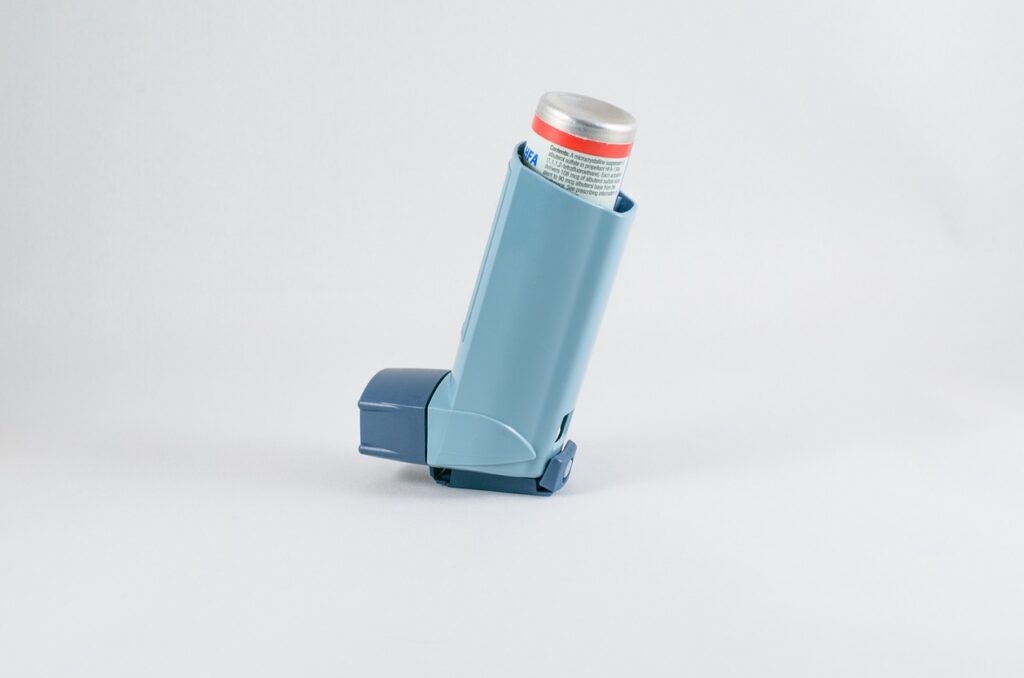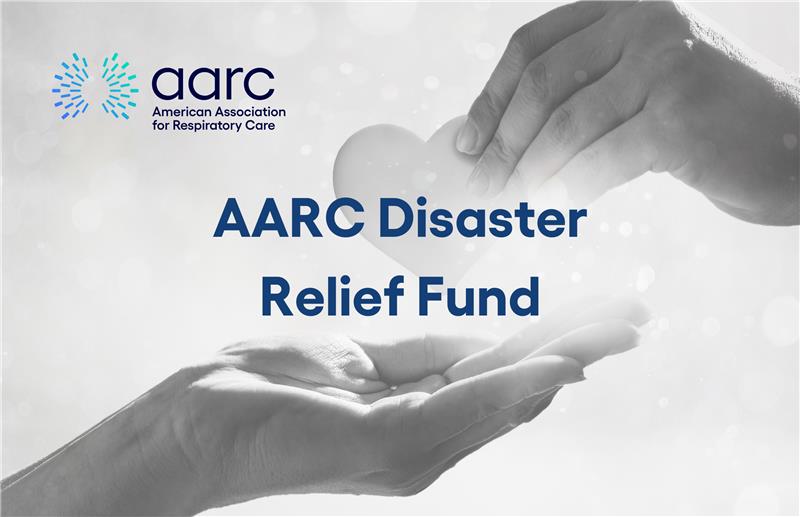By Debbie Bunch

Multidisciplinary Clinic Including RTs Improves Asthma Care for Kids
Can a multidisciplinary clinic for children with difficult-to-control asthma improve outcomes? According to researchers from Rady Children’s Hospital who looked at data on 79 kids treated at their clinic, which includes a respiratory therapist and an asthma educator along with an allergist/immunologist, pulmonologist, and other clinicians, it can.
The children in the study had a mean age of 10.7 years and 51.9% visited the clinic more than twice. Among the group, 11.4% had mild asthma, 36.7% had moderate asthma, and 51.9% had severe asthma. Asthma outcomes for the year prior to enrollment in the clinic were compared to those for the year after.
Key findings include –
- Emergency department and urgent care visits dropped by 61%.
- Hospitalizations declined by 67.6% and ICU admissions by 77.3%.
- The number of oral corticosteroid courses dropped by 59.5%.
- Spirometry improved for 59 of the patients between their first and most recent clinic visit, with a mean change in FEV1 of 7.9% and a mean change in FEV1/FVC of 4.1%.
- Patient-reported outcomes (PROs) and quality of life improved, with a mean change of 27%; total mean scores fell from 4 to 2.9.
- For 36 patients, PROs improved overall, with a mean change of 30.5% and mean decrease from 21 to 14.9 in PROMIS asthma impact scores.
- Test scores on patient-centered education modules increased by between 7.46% and 20% from the first clinic visit to the most recent.
The researchers also note that while 42% of the patients in the study were started on biologics during the trial, no consistent significant differences were seen between them and those who did not receive biologics, leading them to conclude the positive outcomes were due to the personalized pharmacologic and nonpharmacologic interventions delivered by the multidisciplinary clinic.
They also note that a previous cost-benefit analysis found that the reductions in hospitalizations and ED visits covered the cost of the multidisciplinary interventions.
The study was published by the Annals of Allergy, Asthma, and Immunology. Read More

Rural Hospital Intermediate Care Units Have Higher Mechanical Ventilation Mortality Rates
Intermediate care units in rural hospitals may be less well equipped to treat patients who require mechanical ventilation than intermediate care units in urban hospitals, report researchers from the University of Michigan who looked at data on 2.75 million Medicare hospitalizations involving patients on respiratory support between 2010 and 2019.
The study, which was funded by the National Institutes of Health, was conducted among patients in general, intermediate, and ICU wards. A separate analysis was conducted on all the wards combined. While the combined results showed patients receiving mechanical ventilation in rural hospitals had significantly higher mortality rates than those receiving mechanical ventilation in urban hospitals, when the researchers broke the data down by level of care, they found similar mortality rates in the ICUs, regardless of hospital location.
The higher mortality rates seen in rural hospitals were singularly explained by higher mortality rates for patients treated in intermediate care units. Among those patients, 37% in rural hospitals died within 30 days vs. 31.3% in urban hospitals.
“This study underscores the importance of learning more about how to best use intermediate care units and highlights the need to continue investing in rural hospitals to make sure all who need it have access to life-saving care,” said study author Emily Harlan, MD. “There is a common belief that rural hospitals may have a lower quality of care, but that’s not what we saw for the ICU patients in our study.”
Gustavo Matute-Bello, MD, deputy director for the Division of Lung Diseases at the National Heart, Lung, and Blood Institute, believes the study “emphasizes the need to assess whether rural intermediate care units can meet the complex demands of critically ill patients, and the importance of carefully evaluating the processes designed to care for them.”
The study was published by the Annals of the American Thoracic Society. Read More

Respiratory Distress in Newborns Linked to COVID-19 Exposure In-Utero
Researchers from UCLA and elsewhere have found that infants born to mothers who had COVID-19 while pregnant were three times more likely to develop respiratory distress shortly after birth if their mothers had not been previously vaccinated.
The study was conducted among 221 women, 151 of whom were unvaccinated prior to infection. Twenty-three of the unvaccinated women had severe or critical COVID disease vs. three of the women who had been vaccinated.
Thirty-four, or 17%, of the 199 infants who were exposed to COVID-19 in-utero developed respiratory distress soon after birth and all but five of them were born to mothers who had not been vaccinated. More cases of respiratory distress were observed at later gestational ages than anticipated as well.
The researchers note that in the general population, only about 5-6% of infants develop respiratory distress and say that even one dose of an mRNA vaccine in the mothers prior to infection significantly reduced the odds of a full-term infant having respiratory distress in their study.
They believe in-utero exposure to SARS-CoV-2 sparks an “inflammatory cascade” in unborn children, even though they, themselves, are not infected by the virus, and this in turn raises their risk of developing respiratory distress after birth. Using proteomics, they were able to show that motile cilia did not function normally in the infants with respiratory distress and that these infants also had a high production of immunoglobulin E.
The study was published by Nature Communications. Read More








